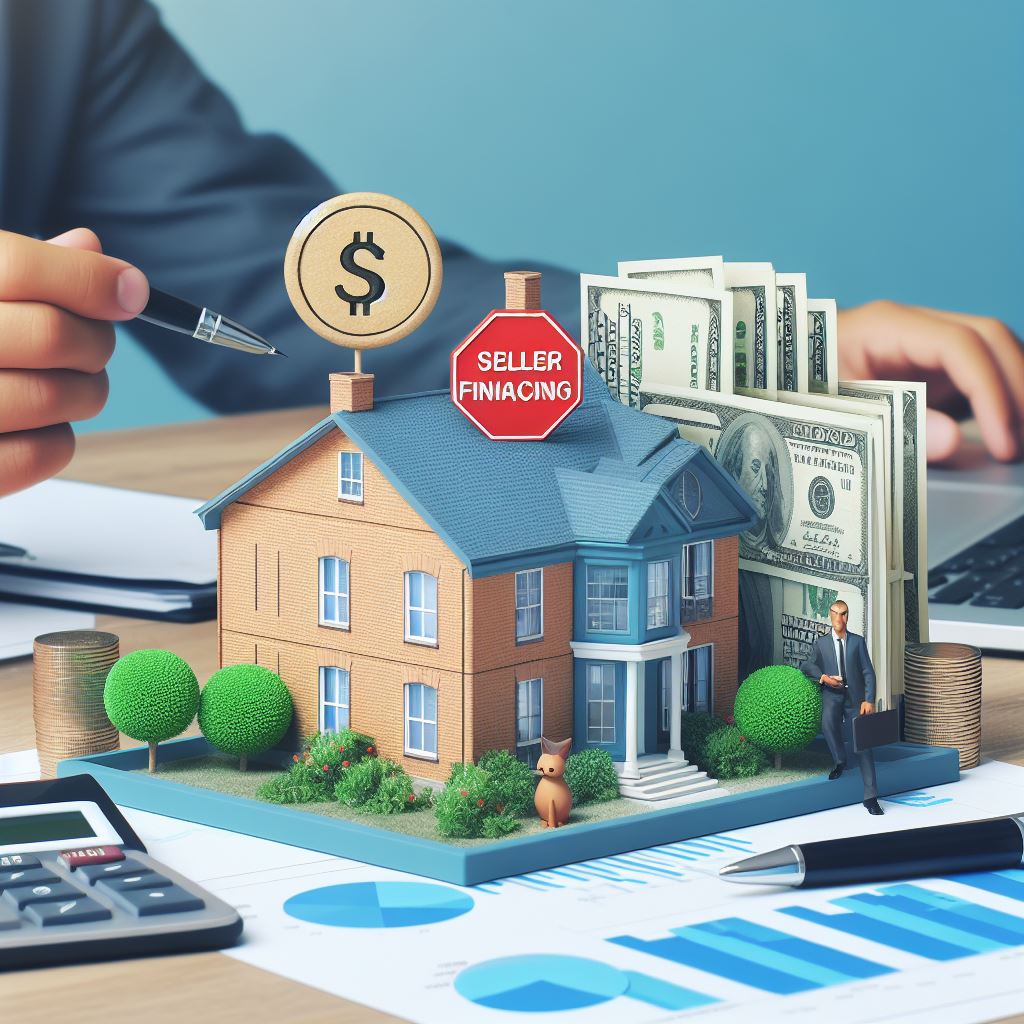- You are here:
- Home »
- Blog »
- Use Real Estate for Financial Independance »
- VTB Mortgages on Apartment Buildings then Private Mortgages for Financial Independence (Retirement)
VTB Mortgages on Apartment Buildings then Private Mortgages for Financial Independence (Retirement)
I’ve purchased apartment buildings from owners directly and indirectly through Realtors who we’re interested in providing financing on those buildings as they had paid them off or had them nearly paid off. Usually these owners have been the same owner for a very long time and are very comfortable with lending on the building that they have owned.

The owners get the benefits of income from the asset through lending and are given more time to offset the capital gains that they would have normally had to pay. Depending on the term and the agreement with the seller this could be up to a 5-year deferment. Of course talk to a financial professional to help you structure a deferrment using a Vendor Take Back Mortgage.
The owners usually will lend a first or second mortgage on their own buildings and still have the interest income that comes from their building.
In one case in particular the owner who I bought a building from was using the cash from the down payment in order to do private lending. I was also paying a 1.5 million dollar 5% interest only vtb for 3 years. The owner was getting 75,000 a year without any of the headaches of managing the property. This owner sold a car wash business the same way and held the financing on it.
At the end of the term the seller of the vendor take back mortgage used the full amount of funds to do additional private lending. This particular seller through the sale of the two assets over time was able to create a private lending portfolio of $5,000,000 and has been earning 8% against that amount for the last 5 years into his 70’s. He has used both direct lending to investors and lending through Mortgage Funds that have a mixture of first and second mortgages.
He does have to pay the full tax rate on this amount, so his take home is closer to 200,000 per year after tax, but he was tired of dealing with all the tenants and complaints he was getting, and happy to get the income.
These are the eleven ways that I have seen real estate entrepreneurs use their properties to retire:
Using Real Estate for Financial Independence (Retirement) <–start here
Cash Flow from your Property Portfolio for Financial Independence (Retirement)
Sell Some Assets and Pay Off the Rest for Financial Independence (Retirement)
Sell Some Assets and Private Lend the Money for Financial Independence (Retirement)
VTB Mortgages on Apartment Buildings then Private Mortgages for Financial Independence (Retirement) <– you are here
Sell All Assets and Invest in Lower Return Investments for Financial Independence (Retirement)
Have a Trophy Asset/s and Sell Off Other Assets for Financial Independence (Retirement)
Refinance Assets Annually from your Property Portfolio for Financial Independence (Retirement)
Invest in Other People’s Deals for Growth for Financial Independence (Retirement)
De-accumulation of Assets Over Time for Financial Independence (Retirement)
About the Author Quentin DSouza
Quentin D’Souza is the Chief Education Officer of the Durham Real Estate Investor Club. Author of The Action Taker's Real Estate Investing Planner, The Property Management Toolbox: A How-To Guide for Ontario Real Estate Investors and Landlords, The Filling Vacancies Toolbox: A Step-By-Step Guide for Ontario Real Estate Investors and Landlords for Renting Out Residential Real Estate, and The Ultimate Wealth Strategy: Your Complete Guide to Buying, Fixing, Refinancing, and Renting Real Estate.
Related Posts
Risk and Reward As A Real Estate Investor
Using Real Estate for Financial Independence (Retirement)
Sell Some Assets and Private Lend the Money for Financial Independence (Retirement)
Convert Real Estate Portfolio Into a REIT or Fund for Inter-generational Wealth and for Financial Independence (Retirement)
Sell Some Assets and Pay Off the Rest for Financial Independence (Retirement)

